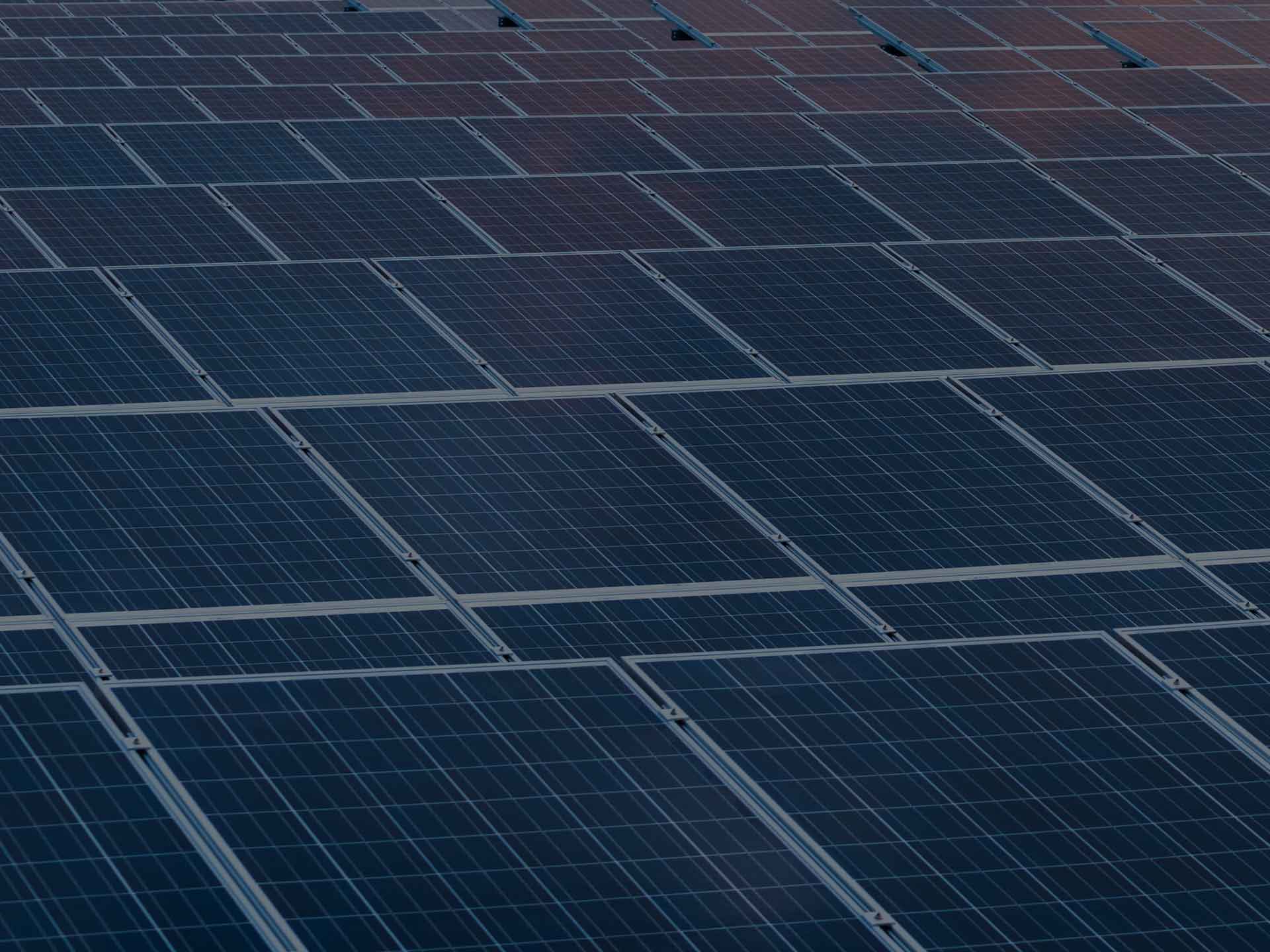Summary
Building on CSIRO’s solar air turbine technology, this project examined ways to reduce the cost of solar energy to less than 10 cents per kilowatt hour (c/kWh) which would make solar energy cost competitive with existing power stations.
Key results
The conditions under which Supercritical CO2 (sCO2 ) is required to operate within the power cycle result in short life spans for traditional seal materials. This was identified within the reciprocating pump seals and valve seats, which were observed to deteriorate at an advanced rate. CSIRO continues to experiment with the sCO2 system and is working with manufacturers of pumps and developers of seal materials to better understand the behaviour and mechanisms of attack for sCO2 in the presence of carbon based seals materials. CSIRO is also investigating the configuration and layout of the seal with a mixture of materials to take advantage of specific properties of individual components and materials to combine and work to provide a long lasting seal.
This project consists of:
Learn more
Need
Concentrating solar power can be a significant provider of dispatchable solar power in Australia if costs can be reduced.
Project innovation
Building on CSIRO’s existing solar air turbine technology, this project examined ways to reduce the cost of solar energy to less than 10 cents per kilowatt hour (c/kWh) compared to 20-25c/kWh currently. This would make solar energy cost competitive with existing power stations.
The project brought together various advanced technologies including high efficiency receivers, thermal storage and a Brayton Cycle (i.e. gas turbine) based on supercritical carbon dioxide instead of air. The highly compressed carbon dioxide (CO2) is heated using solar energy (sunlight) reflected from specially designed heliostats (mirrors) and concentrated over 1,000 times. The supercritical CO2 is then fed into the turbine to generate electricity. The CO2 then returns to be recompressed and reheated. It is a closed cycle the CO2 is simply a working fluid and none is released.
This solar supercritical CO2 Brayton Cycle project used turbine test facilities at Sandia National Laboratories in the US to examine the performance of the turbines under solar conditions. It also involved NREL in assisting with the modelling of medium-scale solar power plants with storage in the Australian grid, University of Sydney’s heat exchange expertise, and Queensland University of Technology’s expertise in grid optimisation.
Benefit
Much less power is required to compress the CO2 in the supercritical CO2 Brayton Cycle compared with using air in typical gas turbines, thereby increasing the overall amount of electricity produced by about 30 per cent. This higher efficiency also means that the capital cost is much less because fewer mirrors are required and the receivers and towers are smaller.
Using supercritical CO2 in the Brayton Cycle also makes it possible for the process to be operated at a temperature that allows the solar energy to be captured and stored as heat, compared to air-based Brayton systems which need to operate above 1000 degrees Celsius, enabling cost effective thermal storage.
Overall the cost of solar electricity, complete with storage for running at night, will make this a competitive source of renewable energy.
Importantly, this innovation can also be installed in smaller modular units, which can be more attractive to investors and beneficial for the grid.




